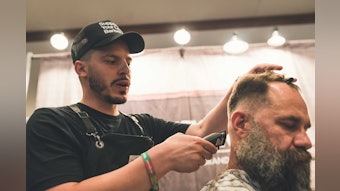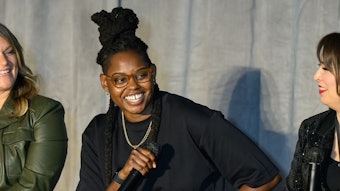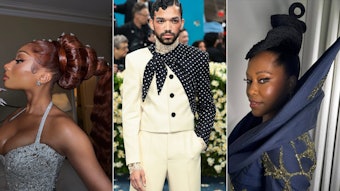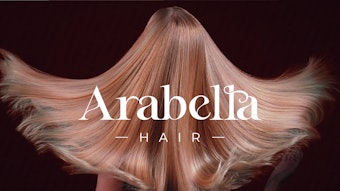
Courtesy of @beckabradshaw
Becka Bradshaw, a Sam Villa ambassador, shares tips to help guide stylists through a big chop.
“Short hair has been and will continue to be a power move, a change to reclaim self and style…and an expression of freedom. It exudes confidence and can be effortlessly chic with the added benefit of styling versatility,” says Bradshaw.
Understanding a few simple principles can help stylists take guests short with ease and excitement.
- The pattern is based on the head form. Separate the top and crown in one line that moves around the parietal region of the head, then separate the nape, back and sides. This allows each area of the head to be addressed individually, making the cut more manageable.
- Think of a hybrid approach—each area could have a different elevation, overdirection and finger angle to make the cut visually blend together better.
- Remove bulk first using a large shear.
- Use a smaller shear for lightweight maneuvering in small sections.
- Elevation (up and down movement) controls the shape of layers. Elevation under horizontal 90° tends to build weight, while elevation over horizontal 90° gives a softer effect. For example, use a higher elevation in the nape area to remove the bulk of the hair and leave it piece-y toward the perimeter.
- Finger angle controls where the most amount of hair is left in a shape. An even finger angle allows the amount of hair to remain even in the section. A diagonal finger angle would leave length at the top or bottom of the section.
- Overdirection encourages movement in a shape. Overdirected side sections while razor cutting encourages hair to move back toward the ear.
- Razors are perfect for weaving in texture and encouraging movement and wispiness.











